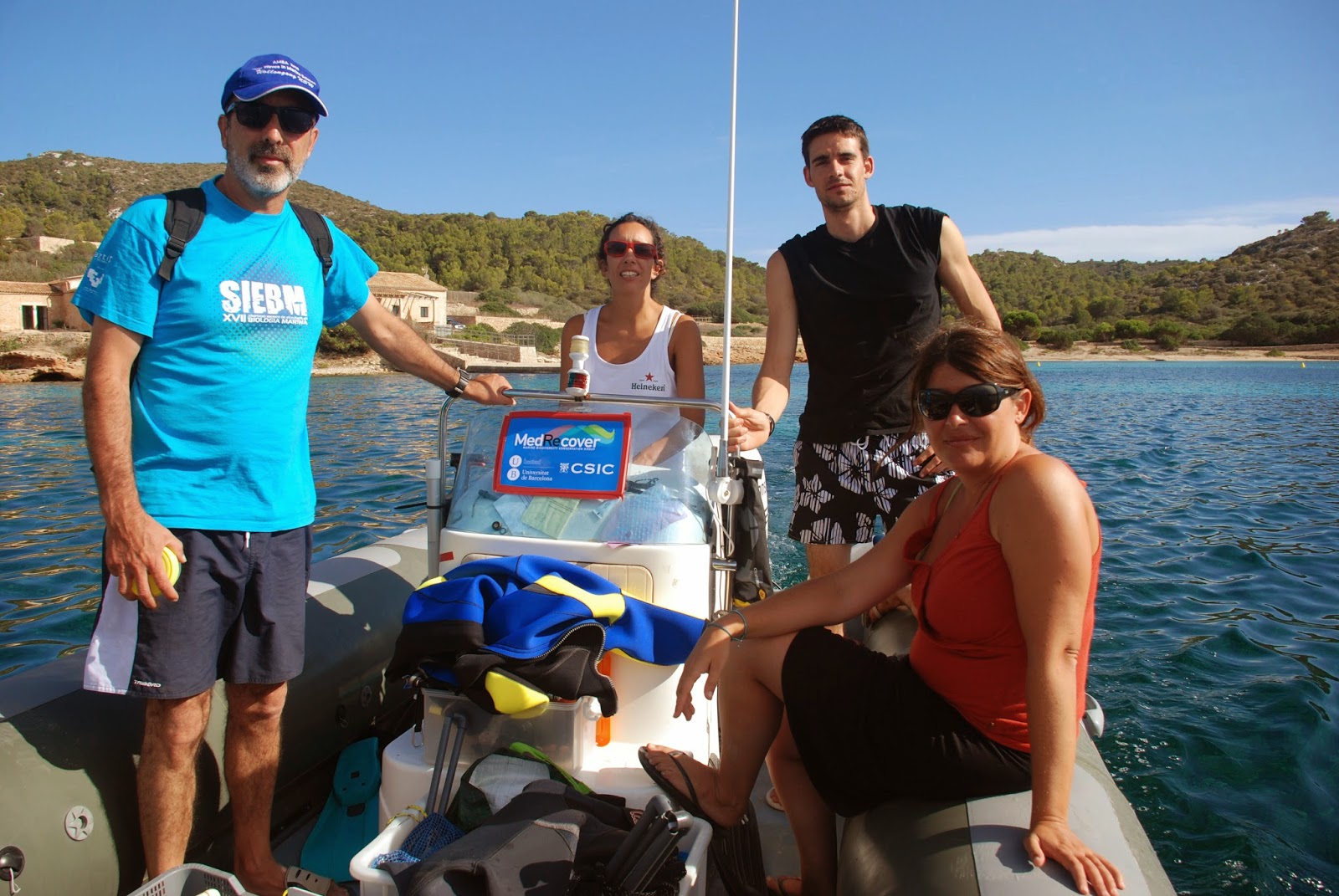As part of a project funded by the Autonomous Organism of National Parks, and with the participation of scientists from the Centre for Advanced Studies of Blanes (CSIC), a study will be carried out on the biodiversity of the seabed of the Atlantic Islands NP using innovative genetic methods.
The project, beginning this year, aims at characterizing the species which inhabit these ecosystems, using the DNA found in the communities, the so-called environmental DNA. From this DNA, a number of indicator genes will be sequenced, which will allow to identify the present species. This method has been developed in recent years and its application to the study of marine seabed is virtually unprecedented, so the project will be a world premiere.
The advantage of using the DNA present in the communities is the ability to detect both large and small-bodied organisms. Traditional biodiversity studies focus on species visible to the naked eye, which are the dominant biomass in communities. However, hundreds of species of small (up to a few tenths of a millimeter) animals, plants, fungi and protists present in the seabed are not analyzed. Over 90% of biodiversity is formed by these organisms and they are virtually unknown, due to the huge effort that would be needed to analyze these small species by conventional methods and the lack of specialists in these groups of organisms. However, the importance of these components of biodiversity is crucial, since they are involved in nutrient recycling, they lie at the base of the food chains and they are the first to respond to environmental stress or perturbations, before their effects are detectable in larger organisms.
With the new genetic techniques and the development of high-throughput sequencing devices in recent years, it is possible to make an exhaustive inventory of the present biodiversity. To achieve this, all the sequences of some particular genes present in the DNA of an environmental sample are obtained. These sequences serve as labels of the present species. Comparison of the sequences with those available in public databases allows assigning them to specific species or groups of organisms and therefore comprehensively characterize the present biodiversity. The advantages of this technique lie in its speed, its objectivity, and the fact that it does not rely on the availability of specialists in all groups. Moreover, the generated sequences are deposited in public databases and allow subsequent comparative studies.
The objectives of the project focus on analyzing seabed samples obtained from three types of communities: shallow rocky bottoms, deep rocky bottoms and gravel bottoms (maërl beds). At the same time, the researchers will study the effect of the presence of invasive seaweeds in the structure of communities. The study is to be performed in parallel in the Galician Atlantic Islands National Park and in the Archipelago of Cabrera National Park in the Balearic Islands, in order to have a comparison between similar communities in the Atlantic and Mediterranean areas.
The first samplings will be carried out in September and they are expected to be repeated seasonally for two years, in order to evaluate the seasonal and interannual variability. This study aims to achieve genetic characterization of biodiversity knowledge at a level that is not possible with traditional methods, to establish a database for future studies, and to be able to detect changes in the environment before they are evident in the communities.
The hidden biodiversity: hundreds of species of organisms present in seabed communities are invisible to the naked eye and must be studied using genetic techniques










